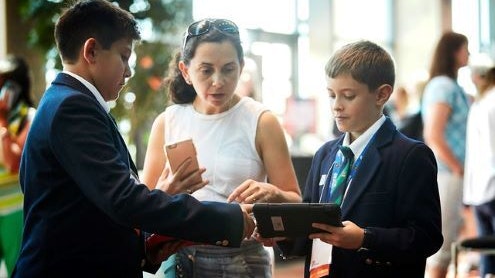Homepage
•
Learning Library
•
Blog
•
How do I set my students up for success?
Expand breadcrumbs
Expand breadcrumbs
- Learning Library
- Blog
- How do I set my students up for success?
- Homepage
- •
- Learning Library
- •
- Blog
- •
- How do I set my students up for success?
How do I set my students up for success?
By Patrice M. Bain
May 24, 2019








